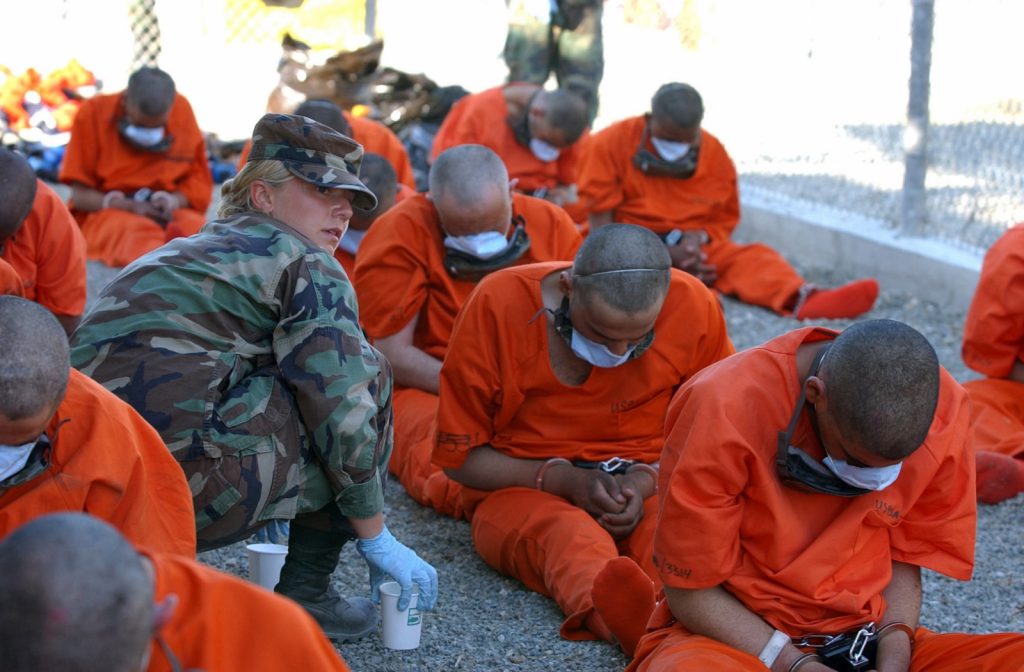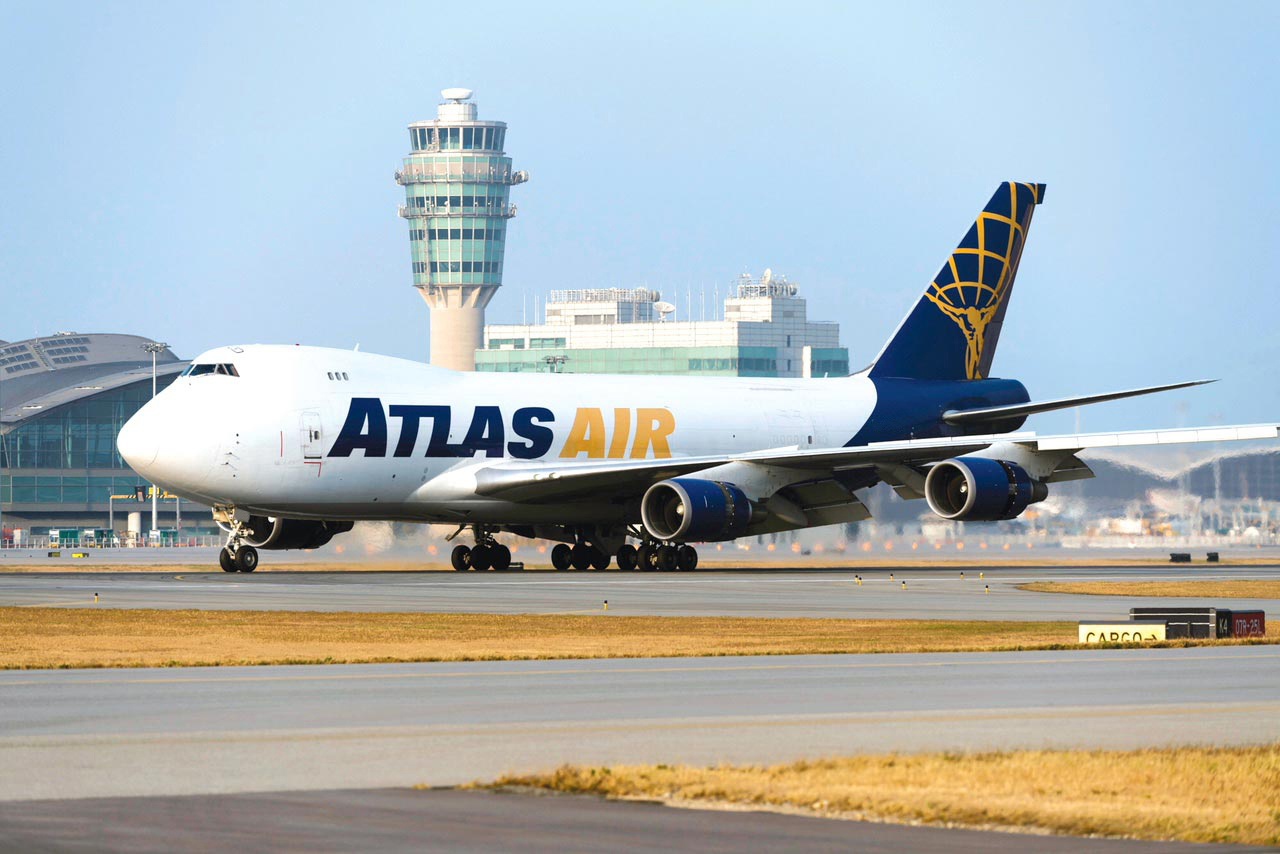Question- why is the UK government spending billions on anticoagulants?
The following content is created ONLY for consideration to stimulate conversation. The numbers below will be off some, and there may be other explanations.
It seems that NHS England are seeking to award a massive new contract for oral anticoagulanti1 treatment, and it’s worth billions over the next few years. Question what is the typical spend in this area, as the figure may be large but relatively normal.
UK NICE document entitled, costing-statement-pdf-428535325.pdfii [1]which can be downloaded online, is used as a guide, below excerpts.
1-Oral anticoagulant numbers.
Table 1: Incidence of deep vein thrombosis and pulmonary embolism
| Study populations | Extrapolated populations | ||||
| Age range (years) | Eventsa | Populationa | Incidencea | Population in Englandb | Annual incidence
for England |
| 18–29 | 1,266 | 3,883,101 | 0.0326% | 9,063,992 | 2,955 |
| 30–39 | 2,064 | 3,838,841 | 0.0538% | 7,656,467 | 4,117 |
| 40–49 | 2,543 | 4,093,014 | 0.0621% | 8,273,052 | 5,140 |
| 50–59 | 3,569 | 3,585,120 | 0.0996% | 6,825,833 | 6,795 |
| 60–69 | 5,084 | 2,874,437 | 0.1769% | 5,895,098 | 10,427 |
| 70–79 | 6,606 | 2,015,974 | 0.3277% | 3,788,618 | 12,415 |
| 80–89 | 5,980 | 1,100,959 | 0.5432% | 2,511,797 | 15,792* |
| 90 and over | 1,579 | 221,078 | 0.7142% | ||
| Total incidence | 57,640 | ||||
| a Martinez C, Cohen AT, Bamber L et al. (2014). Epidemiology of first and recurrent venous thromboembolism: A population-based cohort study in patients without active cancer. Thromb Haemost 14 AD; 112. b
GP registered population 2012: Public Health England – patients registered with GP Practices, by age and sex. *This figure was derived by using an average of the incidence figures for people aged 80-89 and people aged 90 and over. |
|||||
1 https://www.contractsfinder.service.gov.uk/Notice/bbec3a9a-168a-46c5-a71d-990c2a8a8212 2-Breakdown of treatment costs
Appendix 1 Estimated cost impact of providing apixaban per person for the different treatment periods compared with dabigatran etexilate and rivaroxaban
| Length of treatment | |||||
| 3
monthsa |
6
monthsa |
12 monthsa | Secondary prevention – lifelong treatmentb Per year | ||
| Proportion of people having each length of treatment | |||||
| DVTb | 42% | 44% | 8% | 8% | |
| PEc | 3% | 29% | 19% | 50% | |
| Treatment | Regimen | Estimated drug cost per person (£)e | |||
| Apixaban | Dosage: 10 mg twice a day for 7 days,
<![if !supportLists]>5 <![endif]>mg twice a day for at least 3 months. After <![if !supportLists]>6 <![endif]>months 2.5 mg twice a day |
£216 | £417 | £818 | £802 |
| Dabigatran etexilate (without
LMWH) |
Dosage
300 mg (150 mg twice daily). Age 80+ and people having verapamil dosage is 220 mg (110 mg twice daily). |
£200 | £402 | £802 | £802
|
| Dabigatran etexilate (with
9 days of LMWH) |
£307 | £509 | £909 | £802 | |
| Rivaroxaban | Dosage: 30 mg per day (15 mg twice daily) for
21 days, 20 mg per day for the remainder of treatment. |
£235 | £428 | £811 | £767 |
3-Number of patients (from the 2015 document)
For the remaining population without cancer needing treatment
after 5 years (102,000), it is estimated that 52% of people with venous
thromboembolism will have newer oral anticoagulants and 48% will have warfarin (costing statement for dabigatran etexilate for the treatment and secondary prevention of deep vein thrombosis and/or pulmonary embolism).
2.8 This equates to an estimated 53,040 people in the eligible population having newer oral anticoagulants and 48,960 having warfarin. The uptake of the newer oral anticoagulants is likely to vary depending on patient choice.
4- Approximate numbers
The new contract award runs for around 3.4 years, so for 53000 patients at around £800 pp
53000x800x3.4 = £144,160,000
The new contract award is said to be
£3,185,000,000
Approximately 21 times the previous figure (£3,027,360,000)?
It’s possible that the 53000 figure is now invalid being 6 years old paper, or maybe the ‘Tory’ government are set to increase the number of recipients moving away from the lower drug cost for warfarin (reducing clinics and saving money that way)
Given blood clotting may be an underreported covid vaccine side effect, ponder the following example.
Approximate UK population over age of 14
51,000,000 at a estimate of 60 ٪ jabbed (unsure of the real uptake)
60% of 51 million = 30,600,000 (some of whom may be part of the 53000, ignored in this back of cigarette packet calculation)
Multiply the previous 53000 patient figure by 21 to try to match approximate increase in the new tender award sum, you have 1,113,840 patients.
That represents 3.6 ٪of the 30,600,000 estimated jabbed figure above.
Is there an expectation of 3% or more side effects from covid jabs requiring long term oral anticoagulant treatment?
If so that appears to be orders of magnitude worse than the disease that’s being allegedly treated!
Perhaps there’s other reasons behind this, however it’s worth questioning the numbers.
[1] https://www.nice.org.uk/guidance/ta341/resources/costing–statement–pdf–428535325






